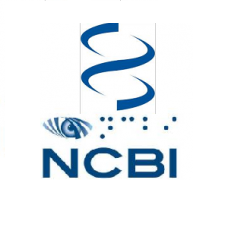Abstract
Background: The abortifacient claim of Senna alata (S. alata) was scientifically validated recently with alkaloids speculated to be the bioactive agent. This speculation is yet to be substantiated or refuted by scientific evidence. The present study was aimed to investigate the pregnancy terminating effects of the alkaloids from S. alata leaves.
Methods: Twenty four Pregnant rats (143.99±1.21 g) allocated randomly to four groups: A, B, C and D respectively received, 0.5 ml of distilled water, 250, 500 and 1000 mg/kg body weight of the S. alata extracted alkaloids orally, once daily from day 10 until day 18 post-coitum. The indices of abortifacient were evaluated at the end of the exposure period. The results were analyzed by both the analysis of variance and Duncan's multiple range test and p<0.05 was considered as statistically significant.
Results: Thin-layer chromatographic separation produced five spots with Rf values of 0.28, 0.33, 0.39, 0.47 and 0.55 which gave positive reaction with Meyer’s and Wagner’s reagents, respectively. The number of implantation sites and corpora lutea, as well as the concentrations of FSH, LH, progesterone, weight of uterus, uterine/ body weight ratio, glucose and cholesterol decreased significantly (p<0.05) whereas the resorption index, pre- and post-implantation losses, uterine protein content and alkaline phosphatase activity increased significantly. None of the alkaloid treated animals presented with provoked vaginal opening or bleeding except fetal deaths. The alkaloid decreased the maternal weight gain, as well as feed and water intake.
Conclusion: Overall, the alkaloids from S. alata leaves exhibited anti-implantation, anti-gonadotropic, anti-progesteronic, embryonic resorptive, feto-maternal toxic activities but not complete abortifacient. The alkaloids alone may not be the sole abortifacient bioactive agent in the leaf extract.








